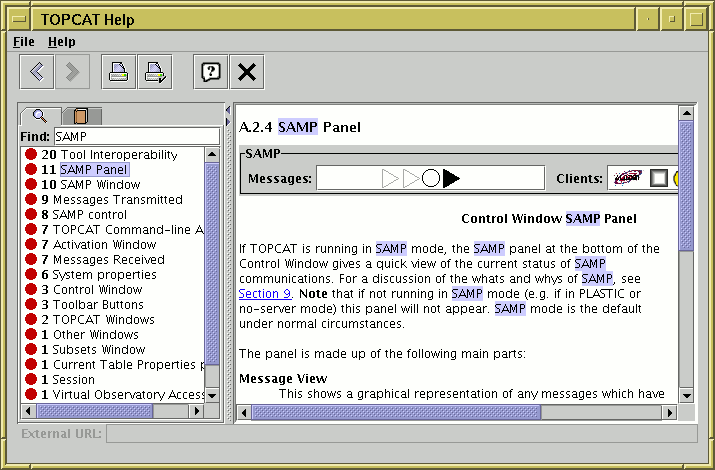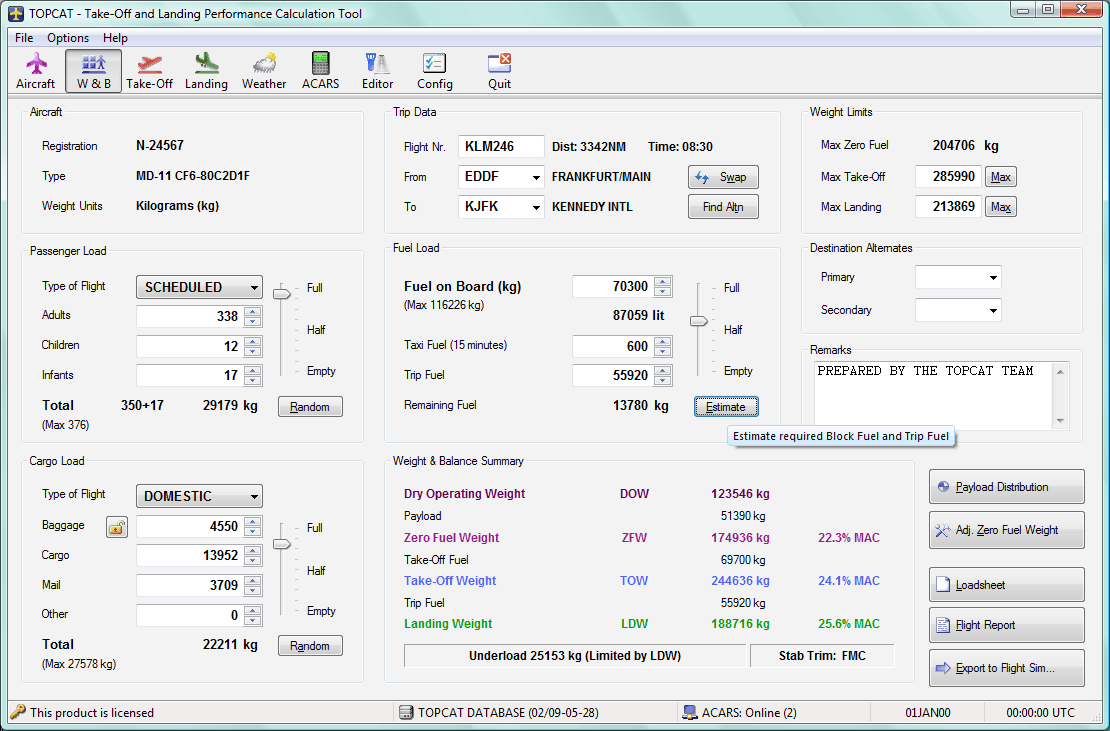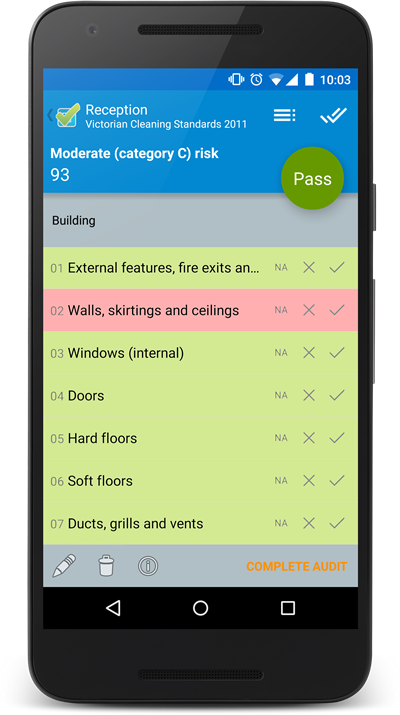

Other HF management per the treatment team.Potassium and creatinine monitoring was performed with medication modifications.Further dose adjustments were made as needed.
 Spironolactone - Initiated at 15 mg PO qday then increased to 45 mg po qday in first 4 months. Patients were randomized to a group, stratified by enrollment eligibility criteria (HF hospitalization or elevated BNP):. Baseline data: BP 130/80 mmHg, HR 68 BPM, BMI 31 kg/m2.
Spironolactone - Initiated at 15 mg PO qday then increased to 45 mg po qday in first 4 months. Patients were randomized to a group, stratified by enrollment eligibility criteria (HF hospitalization or elevated BNP):. Baseline data: BP 130/80 mmHg, HR 68 BPM, BMI 31 kg/m2.  Medications: Diuretics 81%, ACE-inhibitor/ARB 84%, beta blocker 78%, CCB 36%, ASA 65%, statin 52%, long-acting nitrate 15%, warfarin 23%. Demographics: Age 69 years (≥75 years 29%), female 52%, white 89%, N. Potassium ≥ 5 mmol/L in prior 2 weeks or ≥5.5 mmol/L in prior 6 monthsįrom the spironolactone group. Participation in another trial of a therapeutic. MI, CABG, PCI, or stroke in prior 90 days. Uncorrected valvular disease of significance or likely need for surgery during trial. HOCM, infiltrative disease, pericardial constriction, heart transplant, LVAD. COPD on home O2, oral corticosteroids, or COPD hospitalization in prior year, or severity concerning to investigator. LVEF ≥45% in prior 6 months and after any event that would reduce EF. Signs in past year: Rales post-cough, JVP ≥10 cmH2O, edema of lower extremities, or CXR with pleural effusion, pulmonary effusion, pulmonary congestion, cardiomegaly. Symptoms present at screening: PND, orthopnea, or DOE. Primary outcome: CV mortality, aborted cardiac arrest, or HF hospitalization. Multicenter, randomized, placebo-controlled, trial. Whether the diuretic effects of spironolactone prevented acute decompensated HF exacerbations is unclear.Īs of May 2014, no guidelines have been published that reflect the results of this trial. The authors imply that Eastern European participants did not receive the study medication at such a rate that their data are unreliable.Ĭurrent ACC/AHA HF guidelines recommend diuretic use for symptom relief in patients with HF volume overload with HFpEF. Further, potassium levels typically did not vary among Eastern European participants, suggestive of non-consumption of the medication. In this analysis, spironolactone metabolites were undetectable in a much larger proportion of those from Eastern Europe. those enrolled in North and South America. This revelation led to a 2017 analysis comparing Eastern European (Russian/Georgian) participants vs. On subgroup analysis, spironolactone was associated with a significant reduction in the primary outcome for those in the Americas but not those in Eastern Europe. However, spironolactone was associated with a "nominal" reduction in HF hospitalizations (12.0% vs. With a follow-up of 3.3 years, there was no difference in the primary composite outcome of CV mortality, aborted cardiac arrest, or HF hospitalization.
Medications: Diuretics 81%, ACE-inhibitor/ARB 84%, beta blocker 78%, CCB 36%, ASA 65%, statin 52%, long-acting nitrate 15%, warfarin 23%. Demographics: Age 69 years (≥75 years 29%), female 52%, white 89%, N. Potassium ≥ 5 mmol/L in prior 2 weeks or ≥5.5 mmol/L in prior 6 monthsįrom the spironolactone group. Participation in another trial of a therapeutic. MI, CABG, PCI, or stroke in prior 90 days. Uncorrected valvular disease of significance or likely need for surgery during trial. HOCM, infiltrative disease, pericardial constriction, heart transplant, LVAD. COPD on home O2, oral corticosteroids, or COPD hospitalization in prior year, or severity concerning to investigator. LVEF ≥45% in prior 6 months and after any event that would reduce EF. Signs in past year: Rales post-cough, JVP ≥10 cmH2O, edema of lower extremities, or CXR with pleural effusion, pulmonary effusion, pulmonary congestion, cardiomegaly. Symptoms present at screening: PND, orthopnea, or DOE. Primary outcome: CV mortality, aborted cardiac arrest, or HF hospitalization. Multicenter, randomized, placebo-controlled, trial. Whether the diuretic effects of spironolactone prevented acute decompensated HF exacerbations is unclear.Īs of May 2014, no guidelines have been published that reflect the results of this trial. The authors imply that Eastern European participants did not receive the study medication at such a rate that their data are unreliable.Ĭurrent ACC/AHA HF guidelines recommend diuretic use for symptom relief in patients with HF volume overload with HFpEF. Further, potassium levels typically did not vary among Eastern European participants, suggestive of non-consumption of the medication. In this analysis, spironolactone metabolites were undetectable in a much larger proportion of those from Eastern Europe. those enrolled in North and South America. This revelation led to a 2017 analysis comparing Eastern European (Russian/Georgian) participants vs. On subgroup analysis, spironolactone was associated with a significant reduction in the primary outcome for those in the Americas but not those in Eastern Europe. However, spironolactone was associated with a "nominal" reduction in HF hospitalizations (12.0% vs. With a follow-up of 3.3 years, there was no difference in the primary composite outcome of CV mortality, aborted cardiac arrest, or HF hospitalization. 
Patients were included if they had LVEF ≥45%, findings of HF, and either a HF hospitalization or elevated BNP. The 2014 Treatment of Preserved Cardiac Function Heart Failure with an Aldosterone Antagonist (TOPCAT) randomized 3,445 patients with mostly controlled blood pressure to spironolactone or placebo. Aldosterone antagonists had not been studied in a large RCT involving patients with HFpEF. beta blockers, ACE-inhibitors/ARBs, aldosterone antagonists), few therapies improve outcomes for HFpEF. In contrast to the multiple effective regimens for HFrEF (e.g. The efficacy of aldosterone antagonists in reducing mortality for those with HFrEF was demonstrated in RALES (1999 spironolactone) and EMPHASIS-HF (2011 eplerenone). However, it is associated with small reduction in HF hospitalizations. Among patients with heart failure with preserved ejection fraction, does spironolactone reduce CV mortality, aborted cardiac arrest, or HF hospitalizations when compared to placebo?Īmong patients with heart failure with preserved ejection fraction, spironolactone does not reduce the composite endpoint of CV mortality, aborted cardiac arrest, or HF hospitalizations when compared to placebo.








 0 kommentar(er)
0 kommentar(er)
